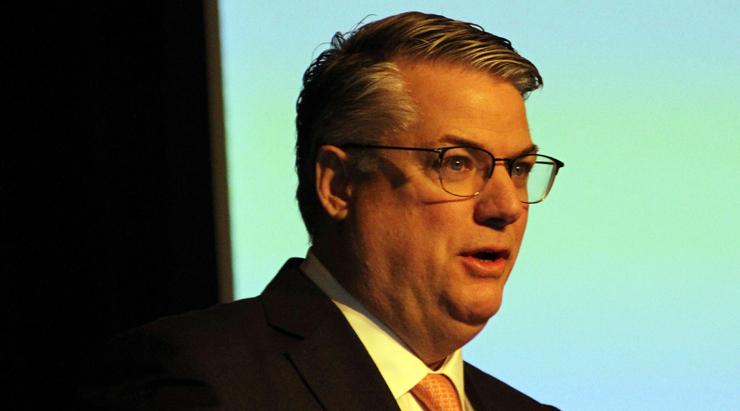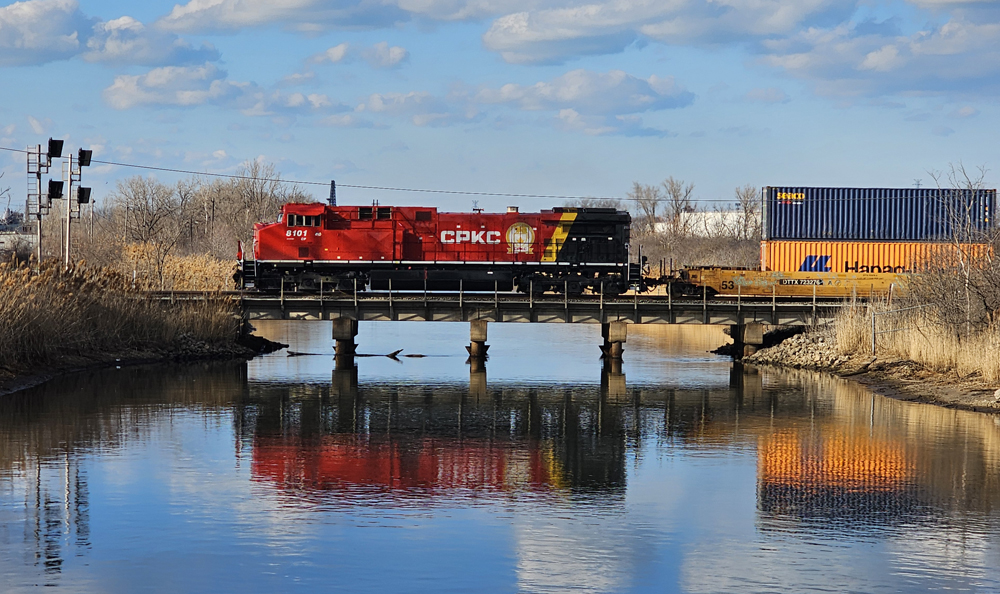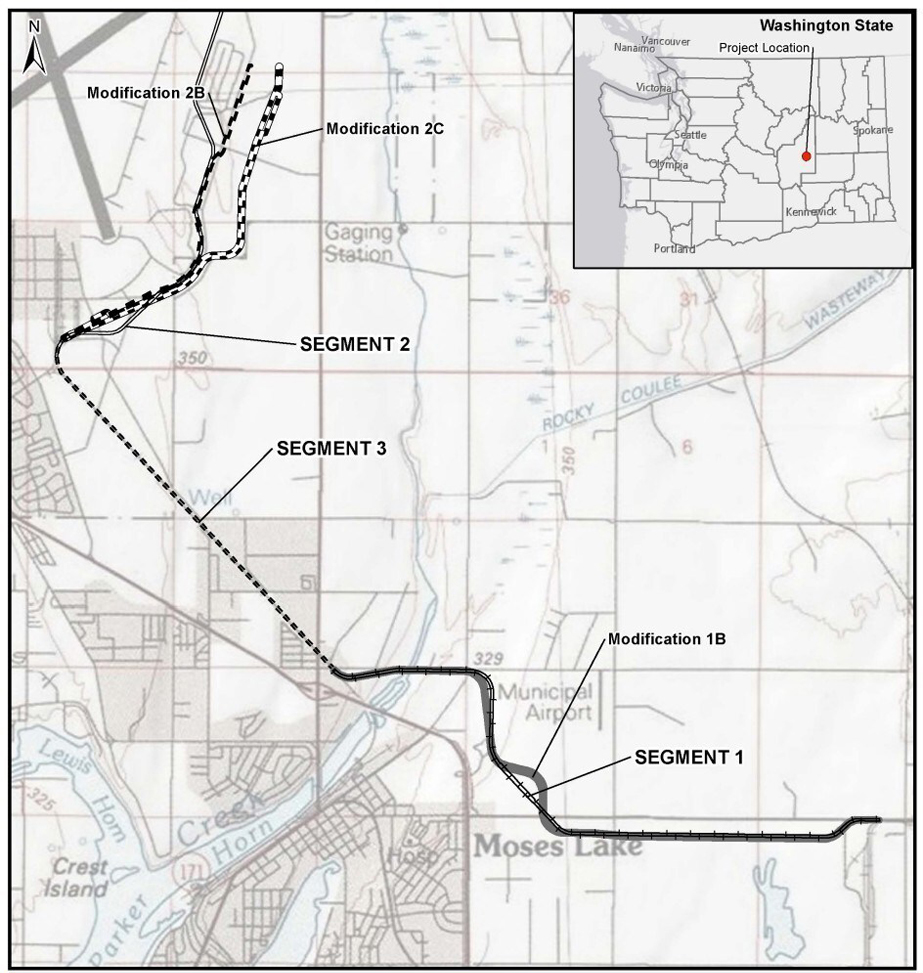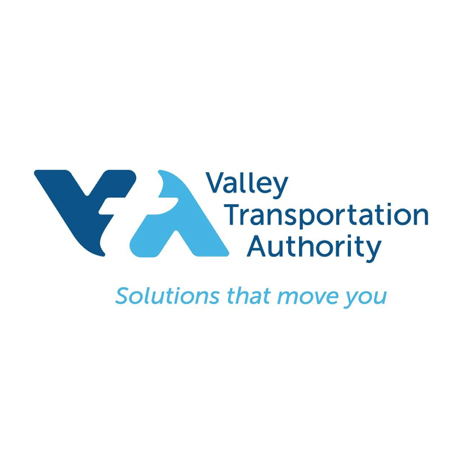For the fourth quarter, CSX’s operating income fell 8%, to $1.1 billion, on revenue of $2.9 billion, an 8% decline. The railroad reported earnings per share of 99 cents, a 2% decline that matched analyst estimates. The quarterly operating ratio was a fourth quarter record 60%, a slight improvement over last year’s fourth quarter.
For the full year, CSX reported operating income increased 2%, to $4.9 billion, even as revenue declined 3%, to $11.9 billion. Earnings per share grew 9% to $4.17. The railroad’s operating ratio was a U.S. record 58.4%, a 1.9-point improvement over 2018.
“Our service is the best it’s ever been and getting better,” CEO Jim Foote says.
Overall volume fell 7% in the fourth quarter, thanks largely to a 17% decline in coal traffic. Intermodal volume was down 7%, due to the impact of rationalization of low-volume lanes, while merchandise volume fell 3%. Carload traffic would have been flat, Foote says, if not for the General Motors strike and the summertime closure of a Philadelphia oil refinery after an explosion and fire.
“We are winning share every day from trucks,” says Mark Wallace, the railroad’s executive vice president of sales and marketing.
For the year, the railroad’s volume was down 4%. Merchandise was flat, coal declined 5%, and intermodal was down 8%.
“These are truly great results considering the industrial economy’s second half performance,” Foote told investors and analysts on the railroad’s earnings call. Manufacturing output fell for five straight months and in December was at its lowest level since the Great Recession in 2009.
Railroad executives expect the freight doldrums to continue for the next few months as the industrial economy, which supports the carload network, remains sluggish. Coal volumes will remain challenged, as well, amid continued low natural gas prices and reduced global demand for thermal and metallurgical coal.
Truck capacity remains loose, and CSX does not foresee a contraction that would raise trucking rates and help divert highway loads to intermodal, Wallace says.
CSX will hold the line on intermodal pricing.
“We’re not going to be cutting prices to grow the business,” Wallace says, noting that the vast majority of domestic intermodal moves under long-term contracts.
Overall, CSX expects to see growth this year in intermodal and merchandise traffic, but not enough to overcome a continued decline in coal traffic.
CSX expects its 2020 revenue to be flat to down 2% compared to 2019. The railroad’s full year operating ratio target is 59%. CSX expects to spend between $1.6 billion and $1.7 billion this year on capital expenses, which is in line with last year.
CSX’s key operating metrics improved, with train velocity up 12%, terminal dwell down 9%, and car miles per day up 6%. Trip plan compliance, which measures on-time performance, also increased. For the fourth quarter, carload performance rose to 82.6% from 67.3% a year ago, while intermodal trip plan compliance hit 95.5%, up from 73.4% a year ago.
Some 92% of the railroad’s trains departed on time, with 85% arriving on time, improvements of 18% and 15% respectively versus a year ago.
“Our service is the best it has ever been and getting better,” Foote says. “The key here is reliability. By operating a simpler, more efficient network we are able to offer rail users a service that is trucklike in consistency.”
But CSX is less expensive than trucks and is more environmentally friendly due to better fuel efficiency, Foote says.
As transit times improve, CSX is tightening some of its train schedules, says Jamie Boychuk, executive vice president of operations. That may have a slightly negative impact on the railroad’s on-time performance in the first quarter, he adds.
CSX continued its string of safety improvements for the year. The full-year personal injury rate declined by 15%, while the train accident rate improved by 41%, with fourth-quarter results setting a company record. Personal injuries for the quarter increased 12%, however.















How can you be winning business from trucks when both merchandise and intermodal are down year over year?? Step away from the kool-aid.
And I’m also the most handsome guy around, said nobody except myself (and my mother).
A dying company.
It is all going according to plan. Shrink-mode management.
As Ron says below, it is a “cult” of Harrison. We’ve saw that at Jonestown 40 years ago…
Totally delusional analysis by the railroad suit . Business is dropping like a rock, but no drop in tarrifs. Hello, your service is marginal at best. Your operations appear more fluid because there are less trains being operated. New ownership of CSX is required ASAP as well as the UP too. The industry is moving in the wrong direction and is further marginalized in a new economy.
I feel like railroad executives have lost their ever fricking mind. I read a 1961ish Fortune Magazine article on Brosnan and Southern Railway where all other railroads were trying to raise prices but Southern lowered prices and gained volume and business. If just ONE railroad today lowered rates, aggressively went after business, the rest would have to follow. They all seem to have their head in the sand. How long can this charade go on.
The shocking aspect is that CSX, and the rest of the class 1s, are not interested in growing volume. It costs big bux to increase capacity to accommodate growth. They’d much rather wring the most out of existing existing customers… and make them howl. This is what Wall Street wants.
**“We’re not going to be cutting prices to grow the business,” Wallace says, noting that the vast majority of domestic intermodal moves under long-term contracts.**
OK, how about offering spot pricing discounts to complete gaps from your long term contracts that can’t be filled (like from coal?)
This CEO sounds like the owner of a losing NFL team. They will not cut ticket prices to increase demand, they will increase prices under the banner of “improving service”.
The comments of this CEO reflect the inelastic pricing railroads enjoy. Signs of a near monopoly.
I would hope operating ratio improved considering they’re only handling a handful of cars.
Lipstick…meet pig
@Brian Rose are you a CSX customer?
not sure where Jim gets his info from, but service from CSX sucks and continues to get worse with psr and when your goal is to get rid of customers then revenue will decline
More irrational speech from a myopic member of the Hunter Harrison cult.
Two coke plants
one oil refinery
one paper mill less
Alienate customers by cutting service , laying off / firing employees saps moral …….yes CSX is in the toilet. The CEO must be on drugs.